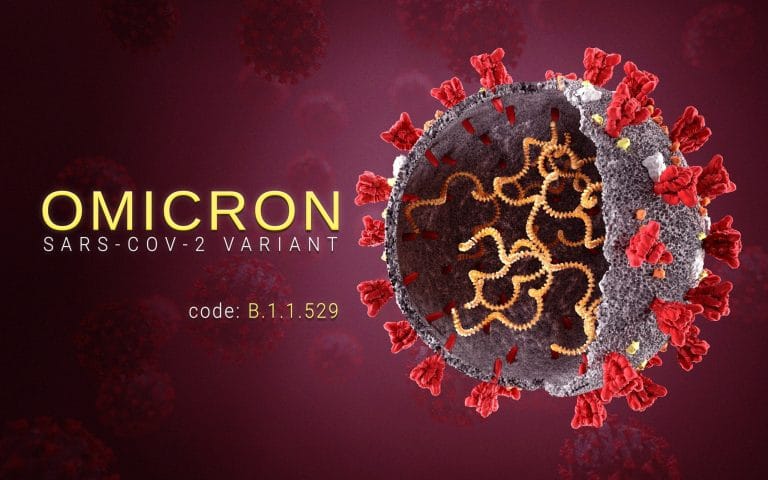Embarking on the remarkable journey to motherhood is a transformative experience, both physically and emotionally. As an expectant mother, you’re on a unique path, marked by the subtle yet profound changes your body undergoes. Amidst all these changes, there’s one aspect that often sparks curiosity and questions – pregnancy discharge.

The Emotional Side of Pregnancy Discharge
Early signs of pregnancy discharge reveal that it’s more than just a physical experience; it’s also an emotional one. The experience of pregnancy discharge can sometimes lead to emotional concerns and questions. You might find yourself wondering if what you’re going through is normal. It’s crucial to recognize that pregnancy discharge is a natural part of this journey, and understanding this aspect can bring emotional reassurance.

Pregnancy: A Time of Immense Change and Growth
Pregnancy is a period of immense transformation, not only for you but also for the developing baby. These changes bring forth a spectrum of symptoms and experiences, and one of them is pregnancy discharge. In this comprehensive guide, we’ll take a deep dive into the world of pregnancy discharge, covering everything from early signs and changes in consistency to color variations, how to manage discomfort, and when to seek essential medical advice.
This journey is a fusion of physical and emotional transitions, and understanding the intricacies of pregnancy discharge is a crucial part of embracing this beautiful voyage.

The Role of Hormones in Pregnancy Discharge
Understanding the reasons behind pregnancy discharge begins with an appreciation of how hormones influence the female reproductive system during pregnancy. Two key hormones that play a significant role are estrogen and progesterone:
1. Estrogen: This hormone surges during pregnancy and stimulates the body’s mucous membranes, leading to an increase in vaginal secretions. This heightened estrogen level is primarily responsible for the increased volume of discharge.
2. Progesterone: This hormone maintains the uterine lining and is vital for a healthy pregnancy. However, it can also contribute to changes in the consistency of pregnancy discharge, making it thicker and stickier.

Early Signs of Pregnancy Discharge
Pregnancy discharge, also known as leukorrhea, is a common phenomenon that occurs during pregnancy. It is the body’s way of preparing for the changes that come with carrying a child. Here are some key aspects of early signs of pregnancy discharge:
1. Increase in Volume: An unmistakable sign is the increase in the volume of vaginal discharge. You may find yourself needing to wear panty liners more frequently.
2. Change in Consistency: As pregnancy progresses, you might notice that the discharge becomes thicker and stickier. This change is attributed to elevated estrogen levels and is perfectly normal.
3. Color Changes: Pregnancy discharge can exhibit variations in color, typically ranging from white to pale yellow or even clear. These color changes are generally normal.
4. Odorless Nature: Pregnancy discharge is generally odorless. If you notice a foul odor, it could signal an infection, and prompt medical attention is advised.
10 High Protein Vegetarian Meals That Are Easy to Make and Delicious
Color Variations in Pregnancy Discharge
The color of pregnancy discharge is often a source of concern for expectant mothers. While it’s generally normal for pregnancy discharge to be white, pale yellow, or clear, variations can occur, which can be entirely benign or potentially indicative of an issue:
– Pink or Light Brown: A pink or light brown tinge may be due to a small amount of bleeding, often caused by the implantation of the embryo into the uterine lining. This is typically deemed a common occurrence.
– Green or Gray: Discharge with a green or gray hue could be a sign of infection, particularly bacterial vaginosis. Consult your healthcare provider if you observe this color.
– Red or Dark Brown: Bright red or dark brown discharge could indicate bleeding or a more serious issue. Please seek urgent medical help if you observe these symptoms.
Managing Pregnancy Discharge
Expectant mothers often have concerns about managing discomfort and maintaining hygiene related to pregnancy discharge. Here are several useful suggestions:
1. Comfortable Clothing: Choose loose-fitting, breathable clothing, which can help reduce friction and discomfort.
2. Hygiene Practices: Practice gentle, daily cleansing with mild, fragrance-free soap and warm water. Avoid using harsh products or douching.
3. Frequent Changes: Consider changing your underwear regularly to stay comfortable and minimize irritation. Opting for undergarments made of cotton is frequently the wisest decision.
4. Use Panty Liners: Many women find it helpful to use panty liners or maternity pads to absorb excess discharge and keep clothing dry.
5. Stay Hydrated: Drinking plenty of water can help keep your mucous membranes moist, potentially reducing discomfort.
6. Consult Your Healthcare Provider: Regular prenatal check-ups are essential. Discuss any concerns you have about discharge with your healthcare provider to ensure a healthy pregnancy.
When to Seek Medical Advice
Understanding when to seek medical advice is crucial for expectant mothers. While most pregnancy discharge is normal, there are circumstances where it may indicate a problem:
– Strong Odor: If the discharge has a strong, foul odor, this could be a sign of infection, and you should consult your healthcare provider.
– Itchiness and Burning: Discharge accompanied by itching or burning could be indicative of a yeast infection or other infections that require treatment.
– Pain or Discomfort: Experiencing pain or discomfort along with discharge is a potential cause for concern, and prompt medical advice is necessary.
– Heavy Bleeding: If you experience heavy bleeding in combination with discharge, it may be a sign of a miscarriage or another serious issue, and you should contact your doctor immediately.
In Conclusion
Pregnancy discharge is a natural part of the journey to motherhood, stemming from the body’s hormonal changes and its preparations for the developing baby. While it can raise questions and concerns, understanding what is normal and when to be cautious is essential for expectant mothers. Embrace these early signs with confidence, knowing that most changes in pregnancy discharge are entirely normal.
By staying informed and in regular contact with your healthcare provider, you can ensure a healthy and comfortable pregnancy journey. Your body is going through incredible changes to nurture and protect your growing baby, and understanding the intricacies of pregnancy discharge is one more way to support a safe and joyful pregnancy experience.
FAQ for Signs of Pregnancy Discharge
Pregnancy discharge, known as leukorrhea, is a common and natural occurrence during pregnancy. It consists of increased vaginal secretions and is perfectly normal, especially in early pregnancy. These secretions play a vital role in maintaining a healthy environment for the developing baby.
Pregnancy discharge can undergo changes as pregnancy progresses. It often becomes thicker and stickier due to increased levels of estrogen. The color can vary from white or clear to pale yellow. These changes are generally normal and related to hormonal fluctuations.
Common early signs of pregnancy discharge include an increase in volume and changes in
consistency. While these changes are usually normal, you should be concerned if you experience heavy bleeding, unusual color (green or gray), a strong foul odor, itchiness, burning, or pain. In these cases, seeking medical advice is essential.
Managing discomfort from pregnancy discharge can be achieved by wearing breathable, comfortable clothing, such as cotton underwear. Some women find it helpful to use panty liners or maternity pads to absorb excess discharge. Staying well-hydrated can also help keep mucous membranes moist, reducing discomfort.
Pregnancy discharge can affect sexual intimacy for some women. Open communication with your partner is crucial. Practicing good hygiene and maintaining regular discussions with your healthcare provider can help ensure a fulfilling and comfortable intimate life during pregnancy. Understanding the natural changes your body is going through can promote a healthy emotional connection with your partner.






